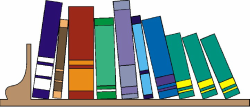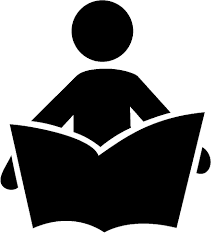|
Literacy Coordinators:
Grades PK-3 Elizabeth Berry [email protected] Grades 4-6 Stephanie Nephew [email protected] |
Guide to Instruction
The primary goal of the Westborough Public Schools' Literacy program is to foster our students' literacy development, so they become independent readers, writers, and communicators. Instructional practices are deep rooted in best practice research with an emphasis on balanced literacy, active student engagement, differentiated instruction, and data driven instructional decision making. A balanced literacy framework involves students in a range of reading, writing, listening, and speaking experiences that can be differentiated to meet individual needs and interests. The list of instructional essentials for ELA and literacy learning is based upon a close study of the Massachusetts Frameworks for ELA & Literacy (2011) |
BALANCED LITERACY
Our Reading and Language Arts program is built on the principles of Balanced Literacy. A Balanced Literacy approach incorporates the following practices:
- Explicit and systematic phonics instruction
- Reading to, with and by students through read aloud, modeled writing, shared, guided, and independent reading and writing experiences
- Connecting reading and writing
- Sharing quality literature and non-fiction
- Supporting readers with challenging text
- Matching readers to appropriate text
- Modeling decoding strategies and comprehension strategies
When planning for balanced literacy, teachers consider:
- Balancing direct and indirect instruction. Students need both explicit instruction and opportunities to learn from informal encounters with classmates and teachers or through their own reading and exploration.
- Balancing instruction and practice. Students need direct, explicit teaching, as well as frequent opportunities to practice their developing skills.
- Balancing skills emphasis and meaning emphasis. Skills are best learned when taught through meaningful use. Skills are best retained when presented in real and practical settings and when opportunities for meaningful application are plentiful.
- Balancing process and content. Students need life-long learning strategies as well as content knowledge.
- Balancing materials. Students need strategies for learning from expository materials, as well as narratives. They need instruction for different types of genre and different author styles.
Proudly powered by Weebly

